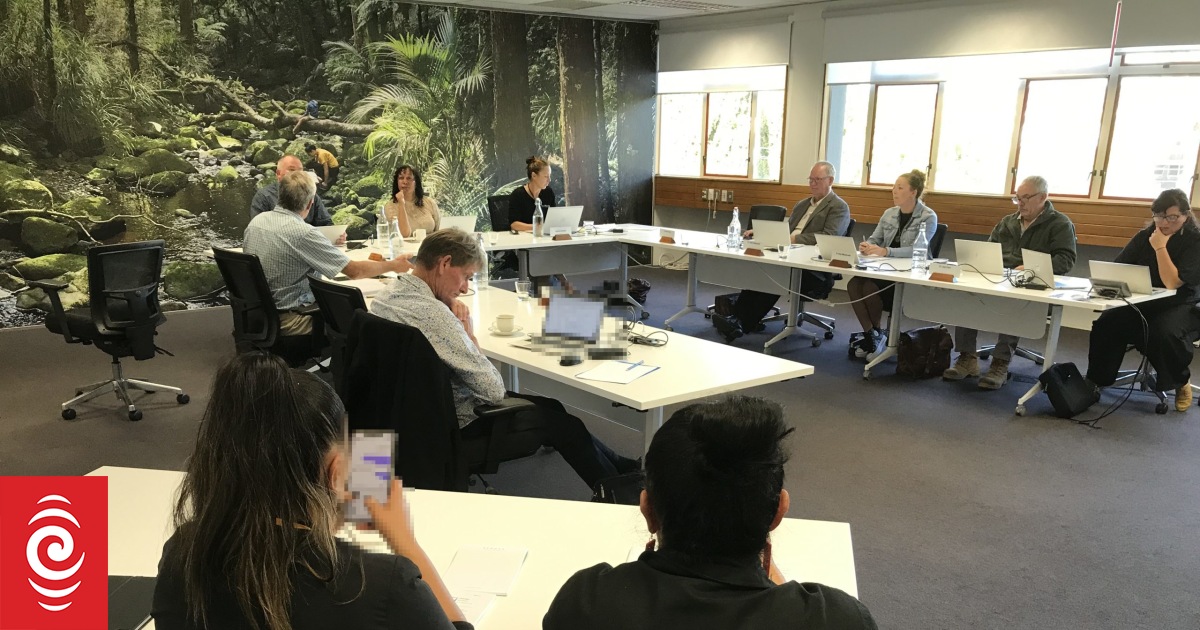Jonny Wilkinson says when you combine accessibility with the broad spectrum of disability, the issue can become quite complex. Photo / Michael Cunningham
OPINION
Accessibility. It’s a clear-cut concept to the individual. You know what you need to access something, whether it’s a flat pathway, a ramp or a website that is compatible with your screen reader.
But when you combine that concept with the immensely broad spectrum of disability,
it gets complicated, grey, and murky. Accessibility means very different things to different people and information about accessibility is crucial.
If you don’t know where a mobility carpark is, you can’t park there; if you don’t know where an accessible toilet is, you can’t use it.
This week there was a news item that featured an online petition that railed against the new Accessibility Bill, which is going through the select committee process. The petition organisers say the bill is not strong enough, that it has no teeth, that it won’t improve accessibility.
The select committee process requires consultation with the disabled community. This in turn requires the disabled community to make submissions on the bill. Some people have said the process of making submissions on the Accessibility Bill is not accessible enough! It gets murkier. It gets more complex.
The writers of the bill say they have looked at four options to improve accessibility in Aotearoa.
Option one: remain with the status quo (yeah-nah). Option two: a comprehensive, Cabinet-mandated work programme – with no dedicated accessibility legislation. Option three: an enabling legislative framework. And option four: overarching legislation – a separate regulatory regime that would have the direct ability to establish secondary legislation for codes, standards, and rules for all sectors as they relate to accessibility.
Proponents of the bill prefer option three, citing this option will enable the systematic and progressive identification, prevention and removal of barriers preventing disabled people from fully participating in all aspects of their community and society.
The implementation plan proposed for option three is to establish a government-mandated independent governance group. This would be an “Accessibility Committee” comprising disabled people and whānau of disabled people.
This committee will provide advice to the Minister of Disability Issues and the CEO of the new Ministry of Disability Whaikaha, on how to systemically identify, prevent and remove barriers to accessibility.
Critics of the bill, groups such as Access Matters and All is for All, are demanding option four, legal rules and standards are exactly what they want. They want an Accessibility Legislative Framework that includes standards, a regulator, a barrier notification system and a dispute resolution process to remove access barriers.
The writers of the bill say there is little evidence of the effectiveness of option four, the legislative framework, noting that one review of such an approach in Canada reported that change is painfully slow.
Accessibility by its nature is complex and all encompassing. A disabled person may need an accessible workplace to be employed. They may need accessible transport to get to work and the information about the transport also needs to be accessible.
This requires a holistic approach to the issue of accessibility in New Zealand. The writers of this rule believe this will not be achieved solely by a set of rules and standards, but there is a need for awareness raising and education.
The architects of the bill believe an independent Accessibility Committee, led by disabled people and focused on providing objective advice and information on these barriers, will achieve this.
Upon reading the bill it looks measured and well considered taking into account all the necessary elements required for sustainable, holistic social change. It seems to take a long-term view of fostering disabled leadership and taking into account the need for disability awareness raising and education for New Zealand as a whole to embrace accessibility.
When I look back on recent changes in our society, however, the only common factor that works seems to be laws and regulations.
When the new traffic give-way to left-turning vehicles came into effect, commentators predicted widespread chaos, confusion and carnage on the roads.
But when the rules came into effect the transition seemed seamless, people understood when you are turning right you had to wait for the left-turning vehicle – it was easy.
When the ban on single-use plastic bags at supermarkets came into effect, it was forecast people wouldn’t know what to do with their groceries and revolt.
On the contrary, people adapted quickly, accumulating reusable bags for their weekly foray to the supermarket.
During the Covid crisis when lockdowns and various other rules popped out of nowhere, the vast majority of our nation fell into line and did what we were told.
Whilst an accessibility committee sounds good, the reality is we need boundaries and the rule of law in order to change.
The aim of the law is not to punish sins but to prevent certain results. Without law we are beasts.




